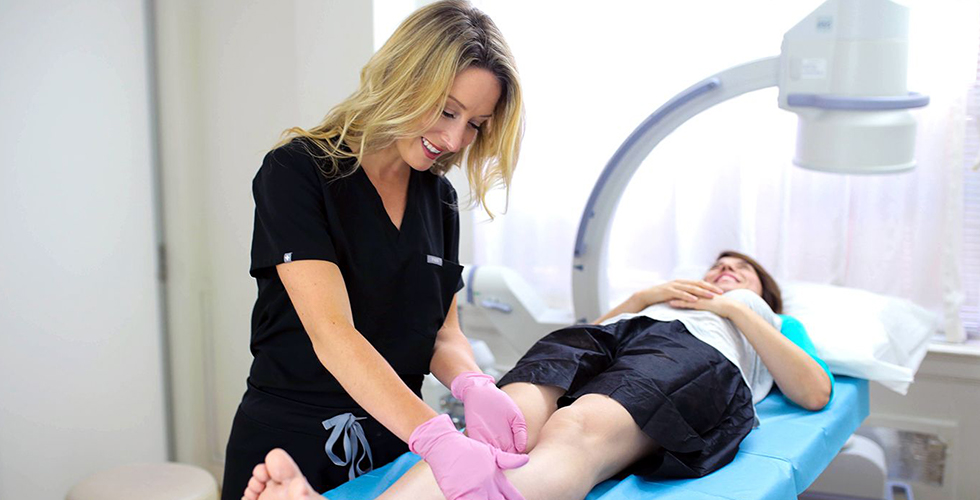Varicose Veins
Veins are the blood vessels that are used to carry deoxygenated blood from all your body parts back to your heart. The elevated pressure on the veins that are present just below the surface of the skin can cause varicose veins disease. Varicose veins are also known as varicosities.

What are Varicose Veins?
Most of the people don’t know what are varicose veins. Here is the answer for them. Varicose veins are unhealthy veins. These veins are caused due to high blood pressure.
Varicose veins can occur in any part of the body but mostly found in the legs. There are lots of factors that lead to varicose veins problems. Some of these are family history, obesity, pregnancy, increased age, long hours of sitting or standing, etc.
Varicose vein therapy is minimally invasive and painless. The therapy involves a little change in lifestyle. It helps to get relief in symptoms and prevent complications.
Varicose veins are larger and twisted swollen veins. These are red, blue or purple in color. Varicose veins may occur due to chronic venous insufficiency. Women get more affected by varicose veins as compared to men.
Causes of Varicose Veins
Varicose is mostly caused due to venous insufficiency. The veins in the legs have valves that get opened when they pass deoxygenated blood to the heart and close after passing. This closing of the valve is required to stop the fall back of blood to the leg. But when these valves dysfunctions the blood starts accumulating in the legs. This causes swelling in the veins which develops varicose veins.
Some of the least common causes of varicose veins are phlebitis and congenital abnormalities of the veins.
Symptoms of Varicose Veins
Most of the time the symptoms of varicose veins can’t be find out. However, some of the common symptoms of varicose veins are:
- Large, twisted and swollen veins
- Swollen ankles and aching legs
- Heaviness in legs
- The appearance of spider veins near the varicose veins
- Discoloration of skin either blue or brown color
- Stasis dermatitis
- Itchiness and redness at skin
- Cramping in legs
- Restlessness in legs
- Lipodermatosclerosis
Treatment for Varicose Veins
Varicose veins can be treated by various different treatment methods. And the selection of the appropriate treatment method depends upon the symptoms and severity of the disease. Some of the common treatment methods for varicose veins are as follows:
- Sclerotherapy involves injection of sclerosant foam to eliminate the affected veins.
- Radiofrequency and laser ablation techniques are used to destruct the affected veins.
- Surgery in which the affected veins are removed from the legs.
- Leg elevation
- Compression Stockings
However, are these treatments safe? Well, yes, all these treatments are safe and very effective. These are minimally invasive and painless treatments. But it is important to consult a vein specialist before going for any treatment procedure.
Vein Treatment Center provides the best treatment for varicose veins. For more details visit our website veintreatmentclinic.com.

No comments:
Post a Comment